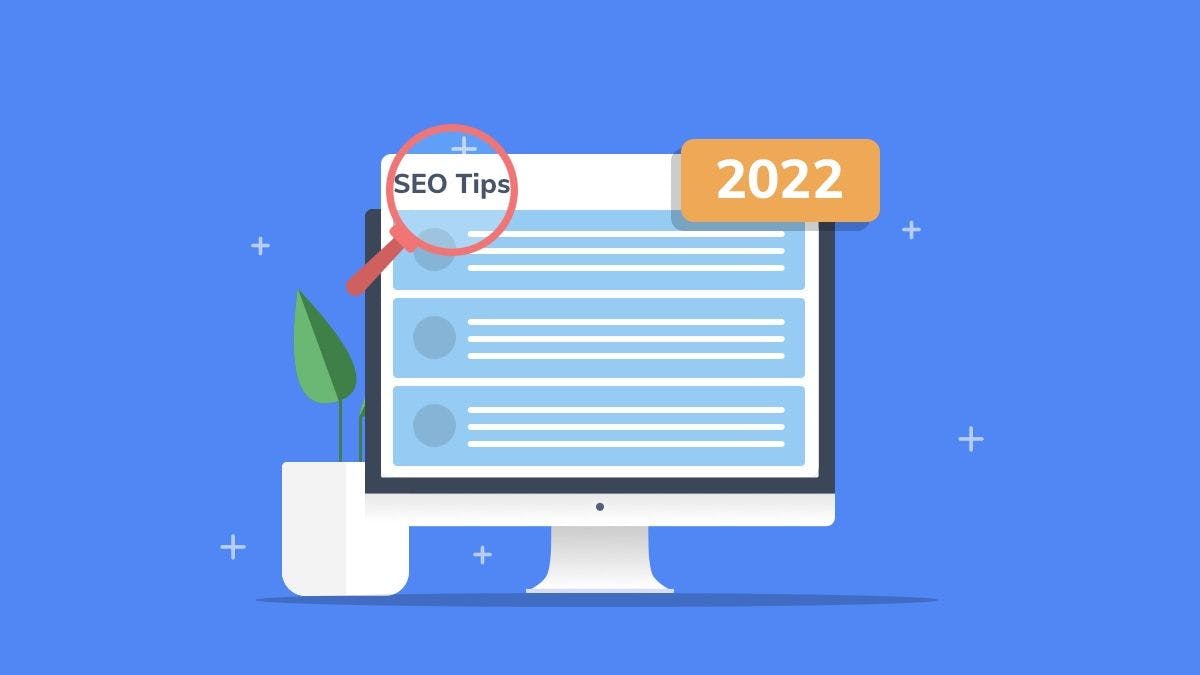Ranking on Google in 2024 has undoubtedly become more challenging than ever before. Let’s look at the most important ranking factors in this article that will get you to the top SERP results in Google.
1. Don’t Focus on Things That Are Not Important
You need to understand one thing in 2024: 50 percent of the information you’ll find on SEO on the internet is utter nonsense. It’s a fact that shouldn’t surprise anyone, especially looking at the noisy world we have come to live in, in the last five years. What it does mean is that you may end up implementing SEO advice that won’t pan out if you aren’t too careful What are examples of things that aren’t important?
- Getting social signals: Google has stated that social signals aren’t that important. In some instances, social engagement can indirectly lead to factors that boost your SEO.
- Focusing on using LSI keywords: John Mueller from Google is on record stating that LSI keywords don’t exist.
- Focusing on crafting long-form content: There’s a common misconception that long-form content ranks better in a rank tracker. Try to compare long and short-form content to see what works best for your site.
The only way to take your SEO to new heights in 2024 is to shift your focus to what matters and leave the abovementioned factors to your competition. Some of these tactics are unnecessary time wasters.
2. Produce Engaging Title Tags
Headings and title tags play a crucial role in promoting good click-through rates from web search results. If you analyze the rank tracker SEO results, you’ll note that title tags provide Google with an overview of what’s on a given page. It uses this overview to inform search engine users about the content on a particular page. H1 or the heading is always visible on the search engine, so Google tends to give it more prominence. On the other hand, headings and title tags are often overlooked and not optimized correctly. You can fix this by going through your older pages and adding heading titles and title tags to existing pages. Note that each page should only have a single H1 tag per page.
3. Search Intent Should Be Top of Your Mind
If you want your blog to rank well in a rank tracker tool, you have to focus on creating the type of content that internet users need. SEO experts refer to this technique as aligning blog content with search intent. It’s among the things you need to get right to drive organic traffic to your site. For example, imagine that your site focuses on selling adventure video games, and you want it to rank for “adventurous video games.” Most people will start by creating a product category page that lists all the video games on sale. While it’s a good thought, it won’t help you rank, as this isn’t what players are searching online. A simple search for this phrase shows that most sites have created listicles for the same phrase. To ensure that your site will rank, you need to understand that Google knows that search users want to learn and not necessarily make a purchase. Consider writing a blog post on adventure games and linking it to your product pages.
4. Refresh Old and Declining Content
There’s a need to keep your content as fresh and up-to-date as possible. You only need to use a rank tracker google tool to realize that search engines prioritize sites with the latest and freshest content.
Update All Your Existing Blog Posts
For example, updating the publishing date of a given blog post can spike your organic traffic volume. But merely changing the date doesn’t always work. The trick lies in ensuring that its content is valuable and up-to-date. Try to collect the latest data when updating your old articles. Conduct keyword research to identify the phrases that web users are using when searching for content.
Include Original Data to the Existing Content
You’ll get more backlinks and social shares immediately you start generating your own data-based content, e.g., charts or infographics. Use the two to perform comparisons or demonstrate how certain factors vary from each other.
Update Your Images
Imagine updating content in an article you published three years ago, but which screenshot features an interface from the same year. An educated user will assume that the content in the post is no longer relevant and move on to the next site.
5. Improve Page Experience
Google introduced its latest official ranking update called Core Web Vitals mid-2021. Typically, its core updates focus on how content can rank better in a rank tracker tool. However, its latest update touches on improving the user experience (UX). Core Web Vitals refers to page experience signals used to measure the user experience for your website. It does this by looking at three primary factors:
- Responsiveness and instructiveness
- Stability
- The site’s loading speed
Why Has Google Focused on the User Experience?
Google endeavors to provide its users with the best engagement and user experience regardless of their device. Today, mobile signals have become the most important for search engines, with Google switching to 100 percent mobile-first indexing in early 2021.
6. Use Internal Links to Boost Important Pages
When creating new content, you’ll naturally want to link whenever you think it’s appropriate. But this doesn’t mean that you should overlook internal links to relevant articles. Google will crawl each post and will want to see you linking to articles pertinent to your post. Results on a rank tracker show that you should link with intention while ensuring that search remains at the top of your mind. For example, rather than use a phrase such as “Read this post, “you should use an anchor text with the primary keyword for your article. The anchor text will let Google know where you have added the link. Although Google doesn’t state the number of internal links that you should add, you should base its number on the length of your post. Most importantly, confirm that all internal links are active and relevant. Linking to non-relevant posts will confuse the search engines and distract the readers. Your focus when creating an internal link should remain on the user.
7. Use Mixed-Intent Keywords
Mixed-intent keywords are used by consumers experiencing a particular problem. They can use the keywords to ask a question they need solving or find a solution from users who have faced a similar issue before. While at it, make sure to use long-tail keywords, as they tend to rank better in a rank tracker SEO tool. You’ll find that they rank better because their competition isn’t as fierce as that of seed keywords. Examples of long-tail keywords include:
- How to clean bathroom cabinets before moving in
- Best digital watches for camping
Additionally, if your website has a low SEO authority score, turning your focus to mixed-intent and long-tail keywords can assist in driving organic traffic to it. Make sure to research each keyword before using it in your content.
8. Optimize for Featured Snippets
Features snippets refer to excerpts obtained from the top-ranking pages in Google search results. Winning a featured snippet for a term with a high volume will enable you to fast-track your site to the first search page. It will also assist in increasing your organic traffic. Nevertheless, not all featured snippets are the same. Some are easier to win compared to others. It, therefore, pays to line up those with long-hanging opportunities. For example, you should concentrate on those with a decent monthly search volume. Ensure your site ranks in the top 10 for these and that Google already has a featured snippet for the said keyword. To find these keywords using a rank tracker google tool, you’ll need to:
- Submit your domain
- Look for the Organic Keywords report
- Run a filter for the keywords in positions 1 to 10
- Use the search feature to filter for keywords that feature snippers where your “site doesn’t rank.”
From here, all you have to do is locate featured snippets you haven’t included in your content pages. Keep in mind that Google can’t pull a snippet from your site if the information it needs isn’t present.
9. Build More Backlinks
Google considers backlinks as one of its three top ranking factors. As such, it shouldn’t come as a surprise to note that there’s a direct correlation between your organic search traffic and your page’s referring domains. You should note that this doesn’t mean that you should use hundreds of backlinks for it to rank well in search results. Its position in the search results will depend on the competitiveness of the topic in question. For example, looking at the top-ranking articles for the phrase “keyword research,” you’ll note that they have between 500 and 17k linking websites. For your site to rank for this keyword, it will need many backlinks to outdo its competition. A page that has only used ten backlinks doesn’t stand a chance, regardless of the nature of its content. Luckily, you can improve your ranking and increase your organic traffic by using several high-quality backlinks.





